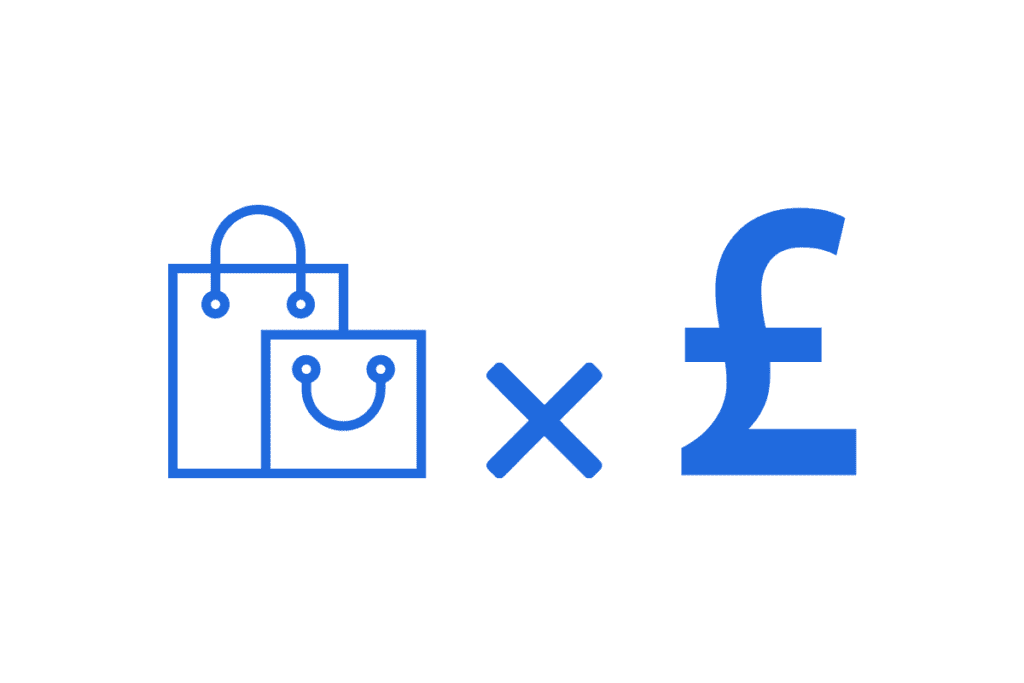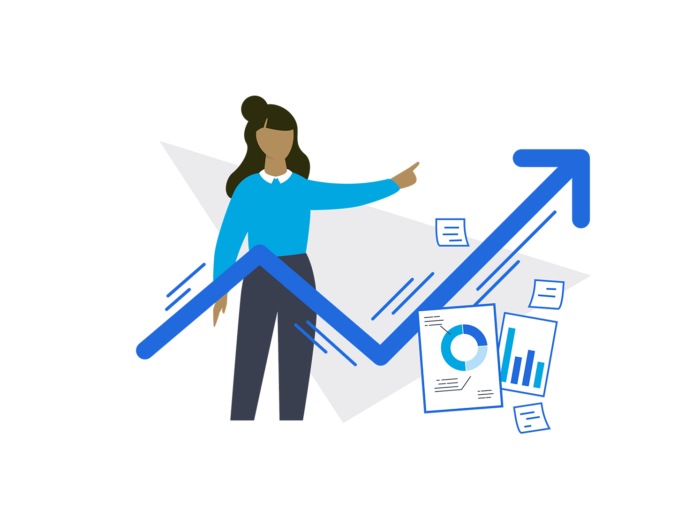As a business owner, it’s important to forecast your revenue so you can guide the company in the right direction, based on solid decision-making.
But how can you work out how much money your business will make? What’s the difference between revenue and income? And what’s the best way to work business revenue into your cash flow forecast? In this article, we’ll explore all this and more.
Income vs revenue
The terms ‘revenue’ and ‘income’ are often used interchangeably despite having subtle, but important, different meanings. You may also hear them being tethered together or with other terms such as ‘revenue income’ or ‘sales revenue’. With so many variations and synonyms being used, it’s no wonder it gets confusing! Let’s break it down…
Income is like a basket of treats. This basket can contain inflows, enhancements of assets and decreases of liabilities. All great things. One of the biggest sources of income for most businesses is revenue.
According to the International Financial Reporting Standards (IFRS) 15, ‘revenue is income arising in the course of an entity’s ordinary activities’. In other words, revenue is the money received from normal business operations.
A very well known type of revenue is sales revenue, commonly referred to as sales. Sales revenue is the proceeds received from selling goods or services to customers. So how is it calculated?

If you’re selling goods you can estimate this figure by multiplying the number of units sold by the average sales price per unit.
If you’re a service based company, you can multiply the number of clients you have by the average price of your services to come to an estimated figure.
Many businesses will have a variety of revenue streams. For example, take a simple business that owns a music venue. Its ordinary activities include holding concerts at the venue and therefore its revenue streams may include ticket sales, merchandise sales, sales from selling refreshments etc. These are all proceeds from the entity’s ordinary activities.
Now imagine that this business earns interest from the cash it keeps in a savings bank account. Earning interest is not income generated from the music businesses’ ordinary activities, and therefore this is not revenue for our imaginary business. Instead, you could call this other income.
Perhaps our music venue also receives a grant to keep it going through the coronavirus lockdowns? This would be considered grant income, not revenue. On most reports it would be presented separately or under other income.
Revenue vs profit – what’s the difference?
Revenue is the very first line that is displayed on a Statement of Profit and Loss, so it’s often referred to as the ‘top line’. Gross revenue, revenue and turnover are all synonyms; that is, revenue before any expenses have been deducted. Analysing revenue can tell you how well the business is generating sales from customers.
Profit, on the other hand, is called the ‘bottom line’, because (you guessed it) it’s the final figure on the report. It can often be referred to as net income. The final profit figure is calculated by taking your revenue and deducting the cost of sales, distribution costs, administrative expenses, other expenses, finance costs and tax. It’s basically what you’ve got leftover at the end of the day, after you’ve paid your bills.
Revenue is the key driver of profitability. Generally, the higher your revenue, the more likely it is that you can make profit. These numbers are very interlinked so if your business is making losses, take a close look at how your business could generate more revenue.
Why is it important to forecast your revenue?
Forecasting as a whole can be a humbling process, but you can also gain a lot of reassurance. It’s about taking the rose-tinted sunglasses off for a minute and thinking about the future realistically.
Forecasting your revenue can inform investors about the company’s current and potential future performance, and perhaps acquire new investment. Revenue estimates can also influence costing decisions and help your business create budgets. You need to know how much revenue you’re likely to generate to decide how much that marketing budget is going to be, or how much you can spend on administrative expenditure. To give your business the best opportunity at success, you need to be prepared, and forecasting your revenue will help.
How to forecast your business’s revenue
There are many different ways you can calculate this and it all depends on how your business works. Keep in mind that you’re not producing a report that’s going to be submitted to a tax collection authority – cash flow forecasting needs to be accurate enough so that you can use it to make financial decisions, but your 3 year projections will never be perfect.
Here’s how to forecast your business revenue: if your business sells goods, work out how many units of each product you’ll likely sell in the future. Finding it difficult to work out how much you are likely to sell? To do this you need to understand your business processes thoroughly. If you don’t know where to start, have a look at what happened in the previous year. Remember to adjust for one offs, projected changes and seasonality.
Then multiply the number of units by the price that you think you can sell each unit for. This figure is your forecasted business revenue.
If you have a service-based business, it’s a very similar process. Estimate the number of clients or contracts you’re likely to have and multiply this by the price you’ll sell your services for. Again, you’ll have a number to work with that shows your projected business revenue.
To create a quick and easy revenue forecast, you can use Float’s suggestions based on an average of the last 3 months’ sales revenue. In the example below, you’ll see how to create a budget for your sales revenue using the last 3 months’ average as a starting point. Once created, you can easily edit the figures as often as you like. In this example we edit December and January’s forecasted sales revenue.
Remember, the further into the future you forecast, the less accurate your figures are likely to be – as factors can change over time. However, don’t be afraid to put in some estimates for a few years down the line – you can adjust them at any time when you know more information, to make them more accurate.
Once you have a good understanding of your future business revenue, you can use this to create a cash flow forecast and work out when and where you can spend or save your business’s cash. Forecasting revenue may not be an exact science, but with an educated guess you can prepare yourself to guide your business through any peaks and troughs in the road ahead.
Further reading:
